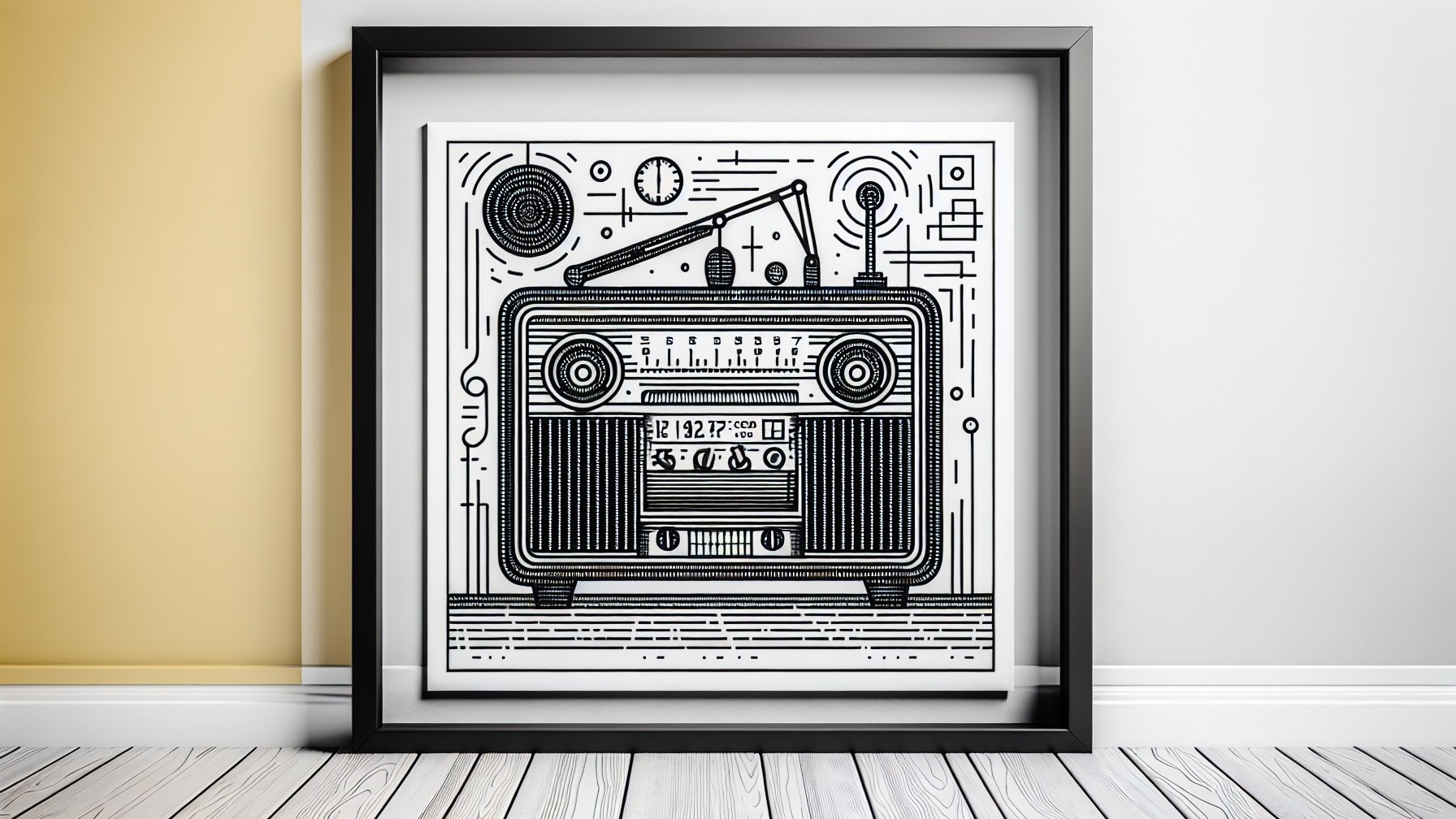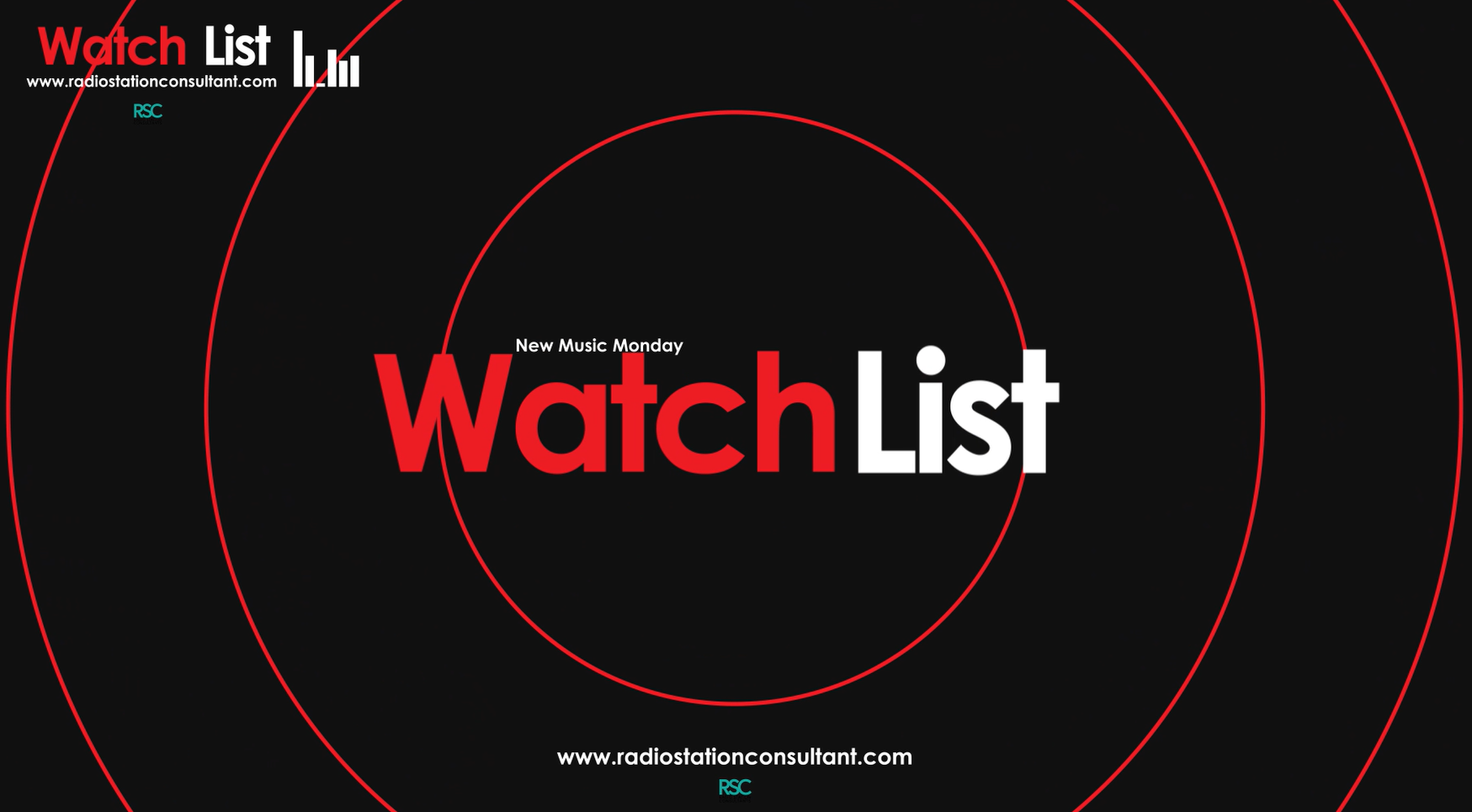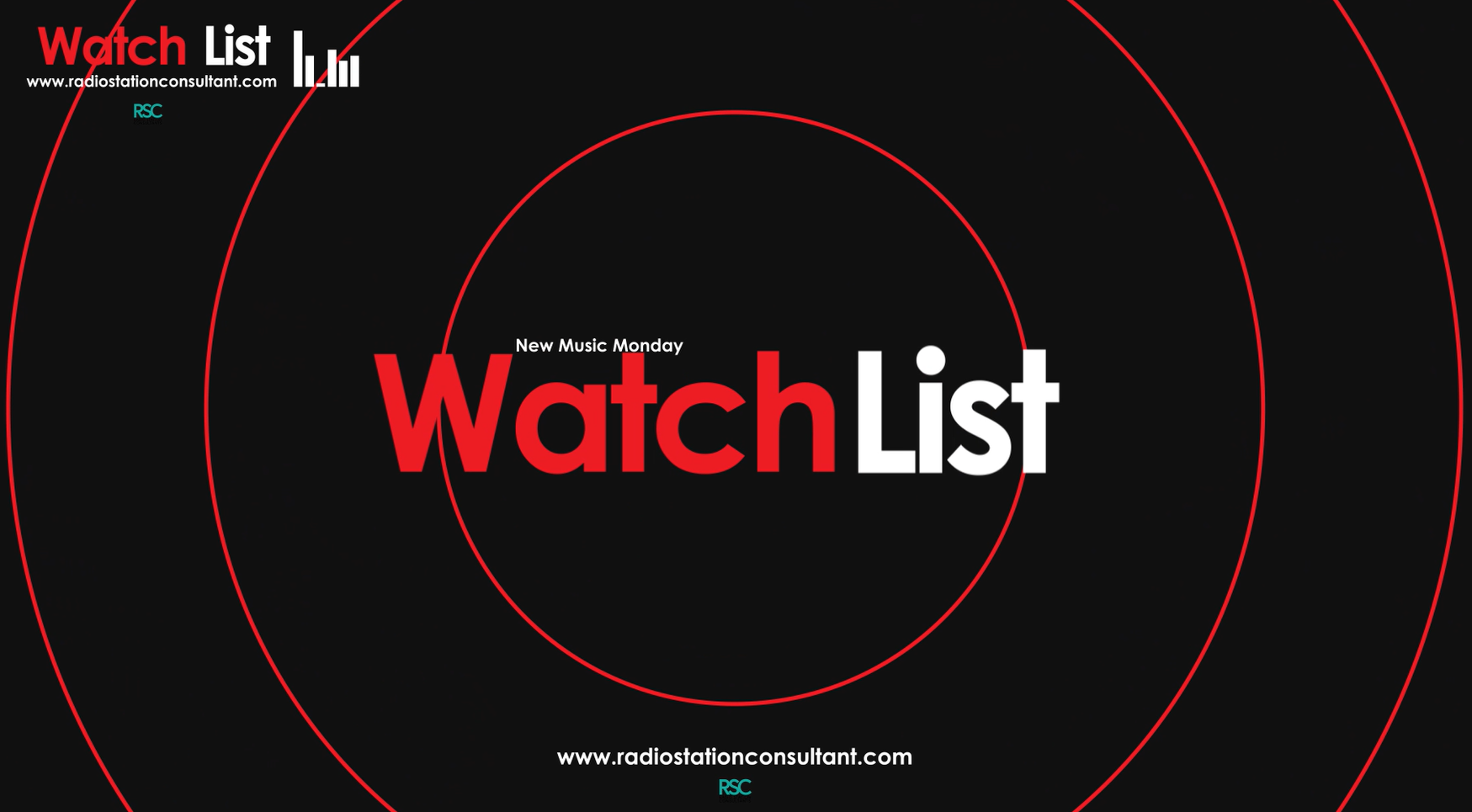7 seconds go by quickly. But that’s exactly how much time personalities have to keep the listener’s attention when launching a talk segment or changing a topic. The 7 Second Challenge is a real thing, and it’s intimidating. It’s also more complex than many broadcasters think. The 7-second theory has been accepted by most broadcasters, which is generally a good thing that has resulted in performers being instructed to be tighter, quicker, and more disciplined than ever.
It’s based on research funded by Google, which showed that the average adult’s attention span was just 12 seconds. That was in 2004, before smartphones and the explosion in social media. It was even before Google was, well, Google.
The same survey in 2020 showed the average adult attention span was just eight seconds. That means that whenever the entertainment proposition changes (a song ends), you have 7 seconds to keep an audience’s attention.
Listeners make fast, emotional decisions to stay or leave. They lean in or tune out. They may not physically push the button, but they’ve tuned out mentally. That can be nearly as bad because mental tune-out is the first step to physical tune-out.
The Science
The human brain reacts at lightning speed. Behavioral psychologists claim we decide whether the content is worth our time within the first three seconds. YouTube data confirms that three seconds is the turning point for continuing to watch or clicking away from a video. Spotify says 20% of songs are skipped within the first five seconds.
Think about how you surf television channels. How much time do you give each click before moving on? If it doesn’t grab your attention immediately, you look for something that does.
With more choices than ever, mass media have trained people to pay attention in bursts, and the entertainment industry has adjusted.
The reason is that we are fundamentally lazy. Our brains seek to conserve energy, maximize rewards, and minimize effort. While the brain is only 2% of a person’s body weight, it consumes 20% of our energy. Our brains seek the easiest possible path.
Humans make most decisions by reflex or habit rather than discovery. That’s why familiar songs are more popular than new ones. Every new message encounters the obstacle of lazy brains.
Radio’s Reaction
The shrinking attention span has made the 7 Second Challenge an increasingly important concept, challenging performers to be tighter than ever before. This concept’s popular application is to slam into content in less than eight seconds to avoid tune-out. They may not physically push the button, but they’ve mentally tuned out. And that isn’t good, especially in markets measured by diary methodology.
While it’s true that listeners make quick decisions that something is “not worth my time,” that’s a very different concept from “may be worth my time.” Many radio personalities launch into a story immediately as a song ends. It’s not unusual to hear talent slam into a talk segment:
A Keith Urban song fades as the personality shouts: “How much would you pay for a Super Bowl commercial this year?”.
On a Contemporary Christian station, a quiet, thoughtful song ends cold. As the last note hits, the personality says, “I have no idea what to do about my 2-year-old’s latest trick.”
And on a CHR station, an uptempo song ends cold. The personality starts just as cold: “This story about a woman who collects My Little Pony toys is going to blow you away.”
These outbursts are abrupt and, in some cases, sound rude. The 7 Second Challenge is taken to an extreme.
In each case, there’s no context. How did we get from a hit song to talking about a My Little Pony collection?
A Better Approach
Personalities are abrasive and inconsiderate without a transition (handshake) that honors the listening environment. Imagine walking up to a group of people having fun together and bursting into a story. You wouldn’t do that! There’d be a transition to the story you’re about to tell.
Here’s a new approach. Instead of fearing we have to win attention in the first seven seconds, how about focusing on not losing attention? Focus on holding attention, then earn continued attention with a solid hook. This allows time for an audio handshake. Don’t sacrifice warmth and humanity to compete in the 7 Second Challenge. The key is to avoid wasting the listener’s time, but that doesn’t mean eliminating every unneeded word. Transition into the next segment quickly and efficiently while honoring the listener experience.
Conclusion
To win attention, a personality must keep it long enough to hook the audience. Listeners are busy. How will you engage listeners and win the chance to keep them through the 7-Second Challenge?
Pic designed by DilokaStudio for Freepik.com.
Tracy Johnson is a talent coach and programming consultant. He’s the President/CEO of Tracy Johnson Media Group. His book Morning Radio has been described as The Bible of Personality Radio and has been used by personalities worldwide. Tracy is also the creator of Radio Content Pro an AI-powered show prep service that addresses all three of these triple threat filters by putting stories in radio speak and giving you teases, on-air copy, responses, phone topics, social copy by platform, blog copy and more.













